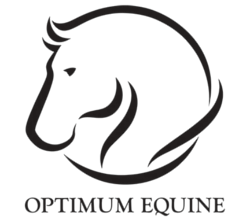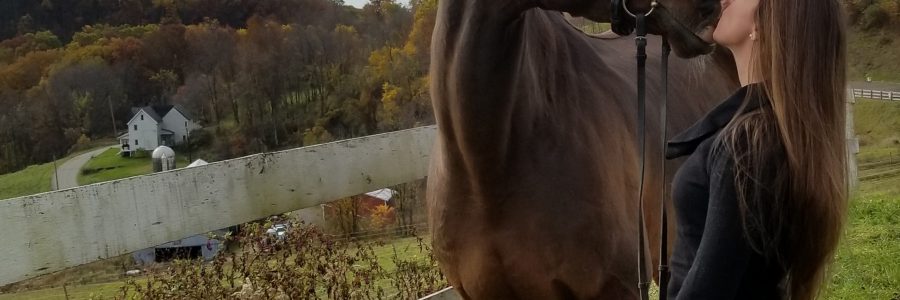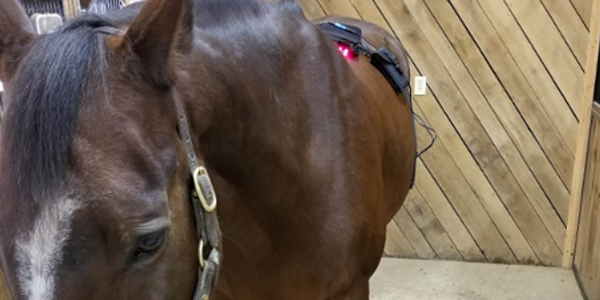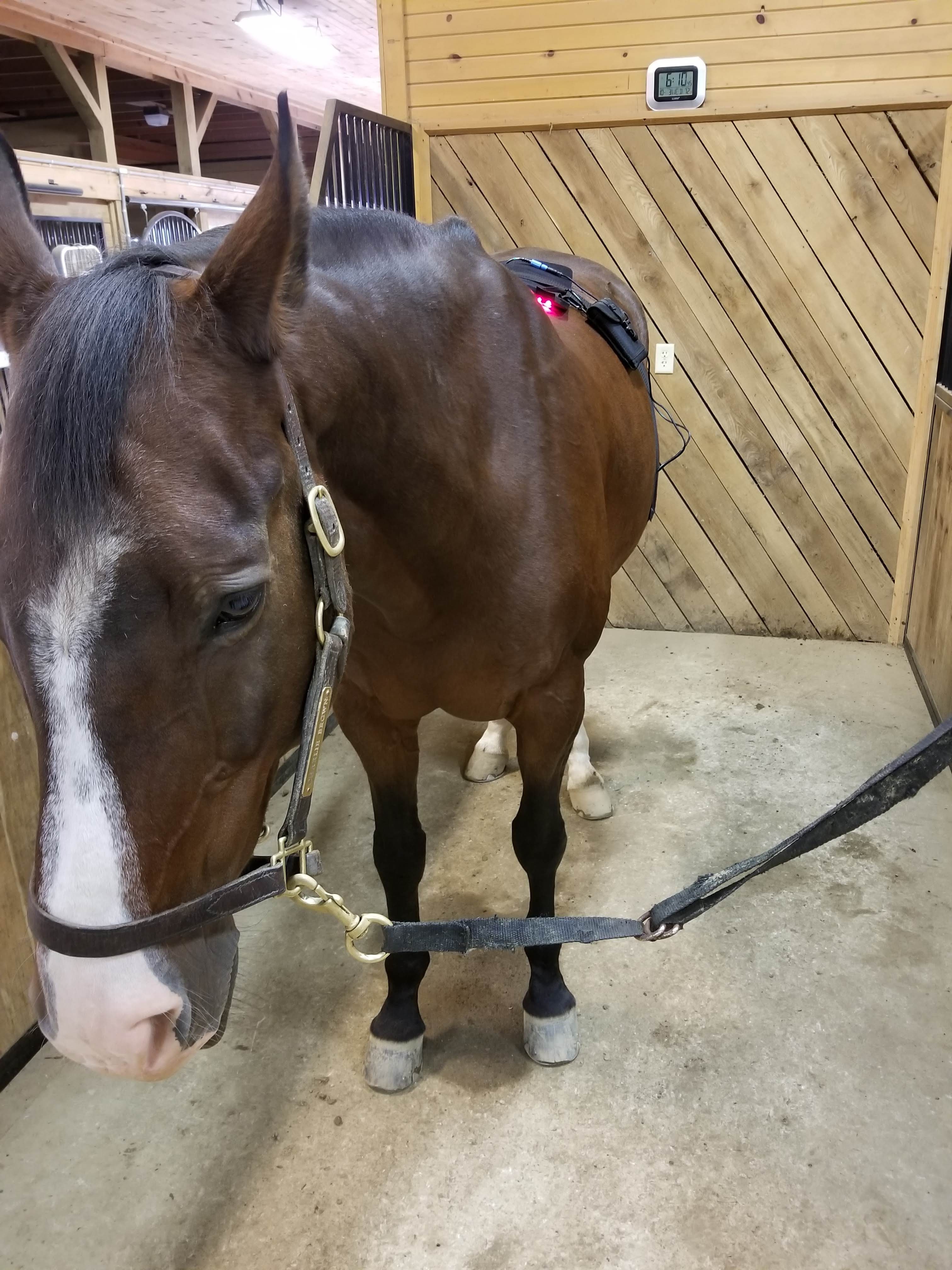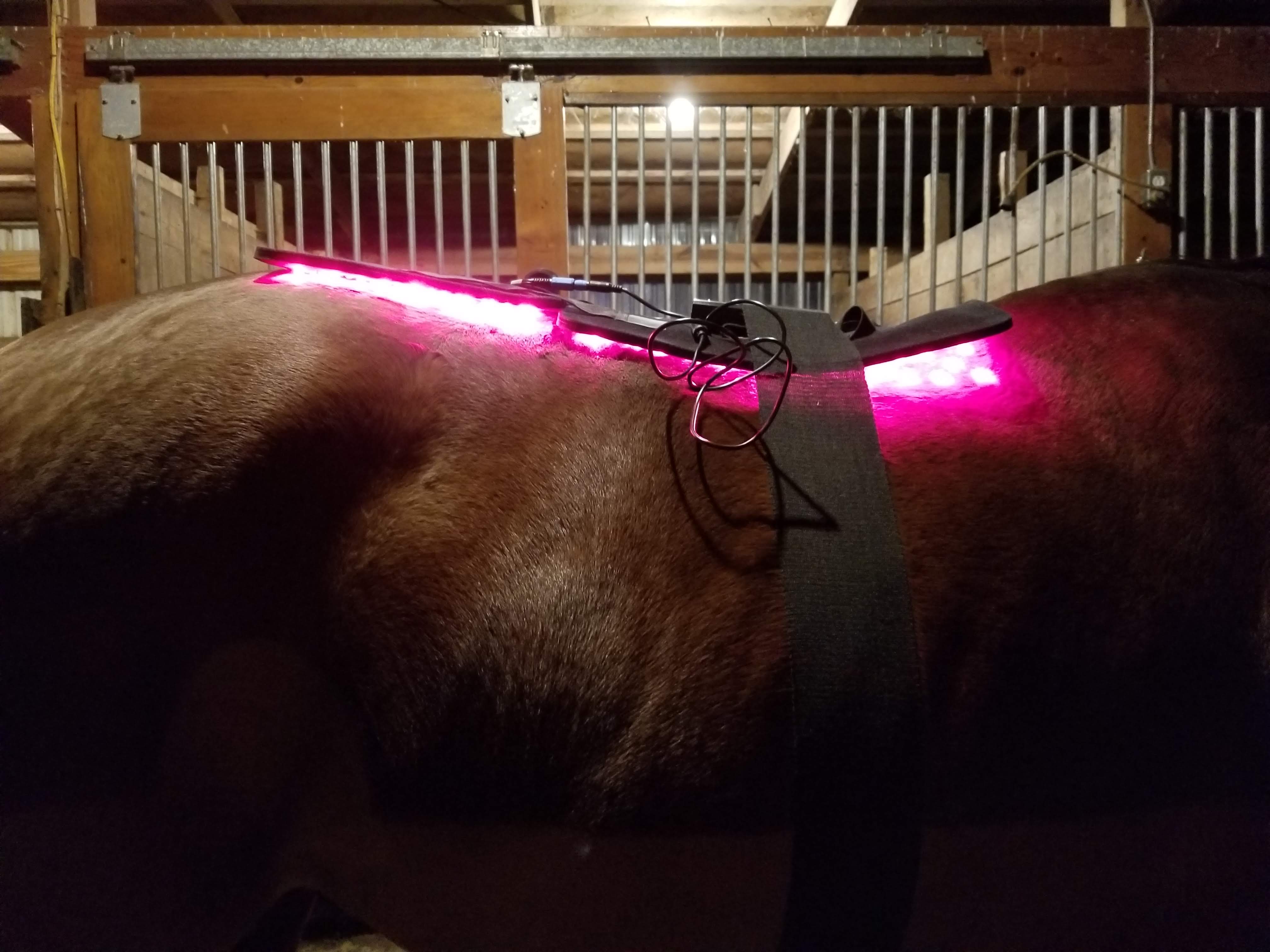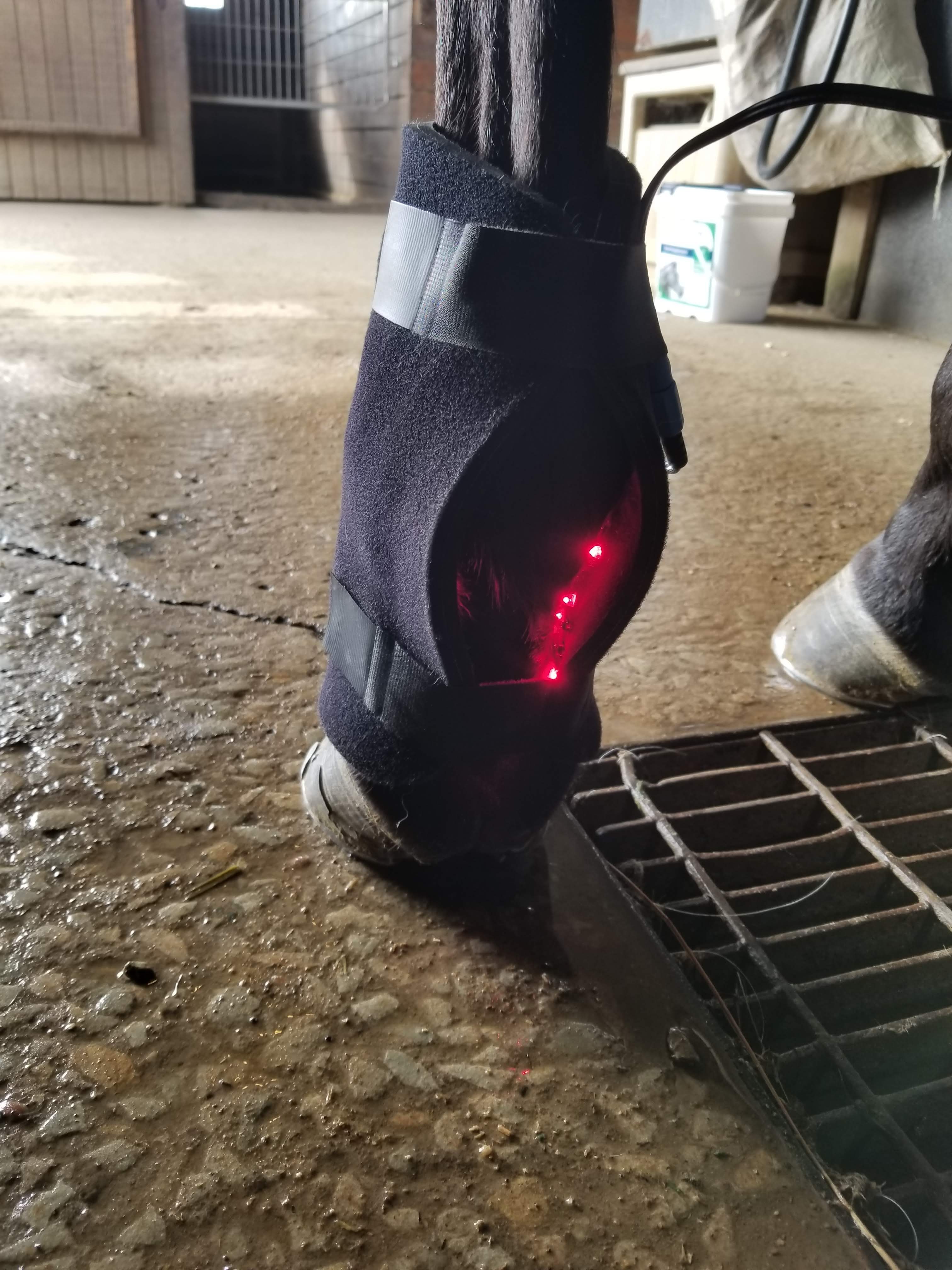For the next five months or so you are going to hear me and the rest of us northern-dwelling equestrians complaining. A lot. Complaining about trudging around in fetlock-deep mud. Complaining about it being dark approximately 22 hours of every day. Complaining about the cold, the ice, the snow, the frozen water buckets and frozen tractors, frozen fingers and driving in the snow, the ice, and the rain-snow–you get the idea.
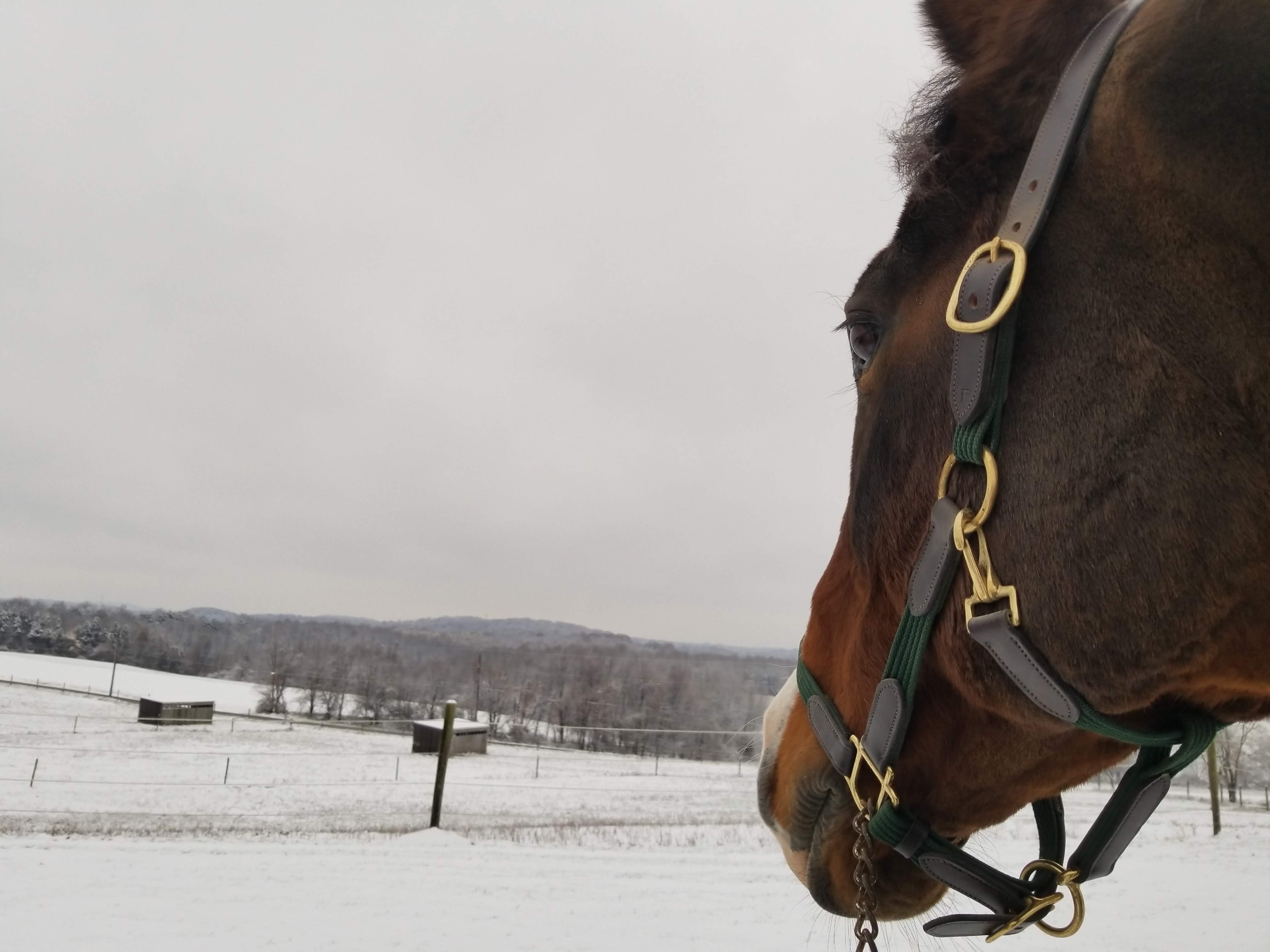
But I as I mentally and emotionally prepare myself for the next several months of training in the dark and the mud and the cold and the ice… it’s a good time to stop and remind myself how thankful I am for the privilege of being able to live the horse life. Despite my bitter hatred of winter, there are still small joys in every day that I am unbelievably grateful for. The horse life is not an easy one, but is a worthy one. I may have sat in traffic for two solid hours on the way to the barn last night, but my heart still smiles when I see that giant pink nose stretching through the stall window, looking for the snack he’s not going to get until after our ride. I may have spent the better part of a decade working on things any dressage horse should know by now (walk-trot transitions, anyone?) but I still end my lessons feeling encouraged that he’s getting better and stronger all the time. Any maybe I did have to chop his tail off because of the aforementioned mud, but I never forget to say a prayer of thanks to the patron saint of farriers each time I haul him in from the fields still wearing four shoes.
This Thanksgiving I wanted to make it a point to remind myself not to let the misery of winter dampen the glow of this beautiful, crazy, chaotic thing we call horse life. I wanted to really reflect on the good fortune I have to live my life surrounded by good people and their lovely horses. I am thankful that Optimum Equine has allowed me to spend even more time doing what I love and connecting with the things that matter to me. It continues to amuse me that it takes a Herculean effort to drag myself to the office every Monday morning, but a 6 am alarm on a Saturday finds me bounding out of bed and hustling off to a barn somewhere. Sometimes I look at my calendar and think to myself, how?? How in the world is all of this going to fit in, how I am going to survive another week of this insanity? The answer is that you can do amazing things when your heart is happy… I am grateful that my passion for the horses lead me in this direction and that I have the ability and opportunity to do what I do.
I am thankful for my community of horse people that lift each other up–people who share equine first aid tips over cocktails at horse shows, who identify with your training struggles, and lift your spirits after an evil judge knocks them down. I am so fortunate to have people I can call my barn family. Over the past year, I can’t even count how many people have looked after my horse while he was hurt (or while I was hurt) and it blows me away. The connections we have and the bond we share because we live our lives as crazy horse people is one more blessing I am endlessly grateful for.
But most of all, I am thankful for my horse. Day in and day out, I am humbled by what it means to have and to love a horse. From the simplest things, such as lifting up a hoof, to the complex (please canter sideways with bend and lightness and in a perfect rhythm), he does these things for one reason only: because I ask him to.
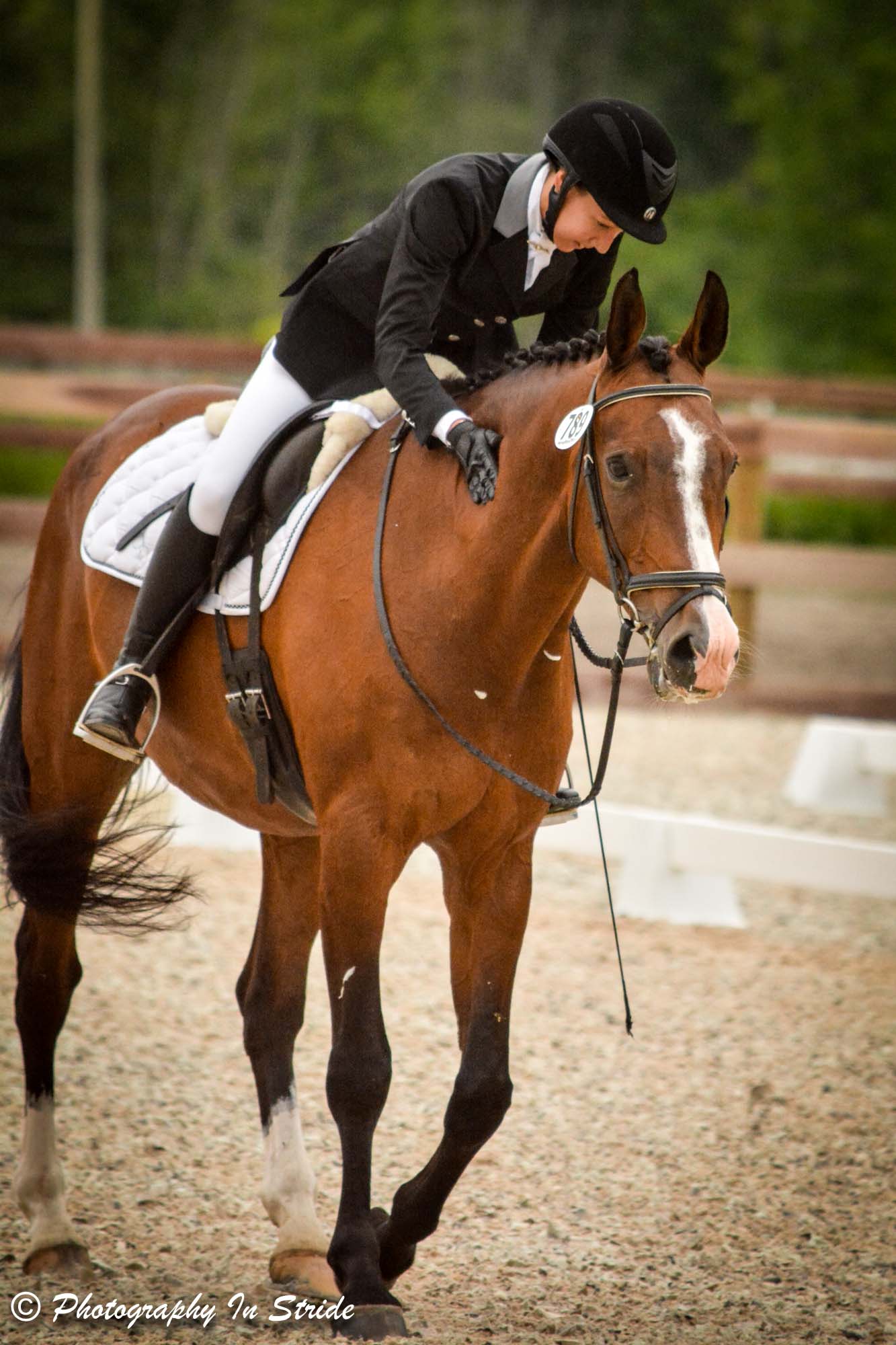
That’s the only reason our horses let us ride them, train them, and work with them–because we ask that of them. The love and trust and sometimes pure magic that goes into day to day life with horses is something I find myself taking for granted. It becomes commonplace when it’s your day to day reality, but when I pause to consider all of the things my horse has done for me… from walking onto a trailer because I promise it will be safe, to trotting past the plastic bag that I promise will not eat him… I just want to grab his giant furry face and tell him thank you. Thank you for listening to me, thank you for trusting me, thank you for trying so hard. Thank you for giving me opportunity to chase dreams and live a rich, full, completely insane life. And with any luck, I will be thanking him for providing me with an arsenal of funny stories I can tell around the dinner table while trying to distract my family from politics… Happy Thanksgiving fellow crazy horse people! May you feel thankful as I do for the plentiful blessings of this life as you pull on your mud boots, headlamps, snorkels, three coats, or whatever gear you might need to go feed the horses today.
